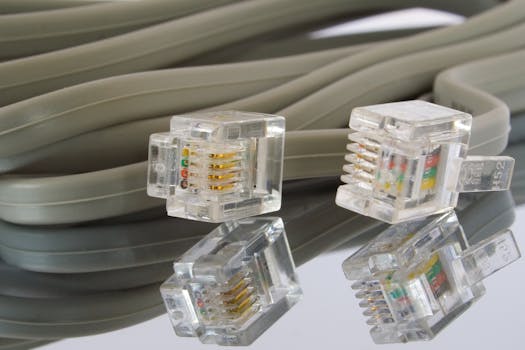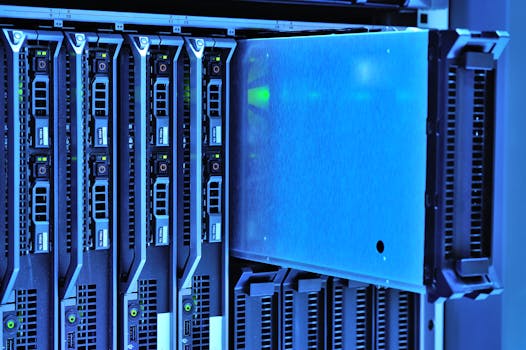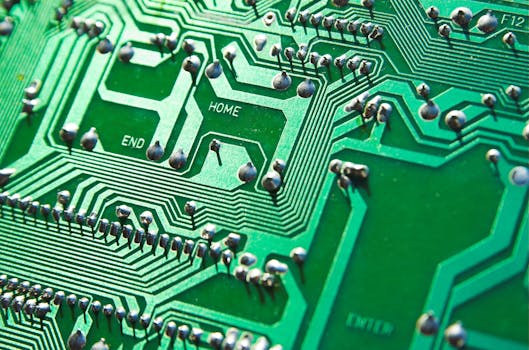
Network Infrastructure Components and Their Functions – Overview of Network Infrastructure
Network infrastructure components and their functions are the building blocks of any computer network, providing the underlying structure for data communication and exchange. Network infrastructure refers to the physical and logical components that make up a network, including devices, media, and services. In this article, we will provide an overview of network infrastructure components and their functions, highlighting the key elements that enable data communication and exchange.
Network Devices

Network devices are the hardware components that make up a network, including routers, switches, firewalls, and servers. These devices play a crucial role in facilitating data communication and exchange between different nodes on a network. Routers, for example, connect multiple networks together and route traffic between them, while switches connect devices within a network and forward data packets to their intended destinations. Firewalls, on the other hand, provide network security by controlling incoming and outgoing traffic and blocking unauthorized access. Servers, including web servers, email servers, and file servers, provide various network services and store data and applications.
Transmission Media

Transmission media refers to the physical or wireless paths that data signals travel over to reach their destinations. Common types of transmission media include twisted-pair cables, coaxial cables, fiber-optic cables, and wireless media such as radio waves and infrared signals. Each type of transmission media has its own advantages and disadvantages, including varying levels of bandwidth, speed, and reliability. Twisted-pair cables, for example, are commonly used for local area networks (LANs) and provide relatively low bandwidth and speed. Fiber-optic cables, on the other hand, provide high bandwidth and speed, making them ideal for high-speed data communication and long-distance transmissions.
Network Services

Network services refer to the software components that provide various functions and applications to network users. Common network services include domain name system (DNS) services, dynamic host configuration protocol (DHCP) services, and file transfer protocol (FTP) services. DNS services, for example, translate domain names into IP addresses, enabling users to access websites and other online resources using easy-to-remember domain names. DHCP services, on the other hand, assign IP addresses and other network settings to devices on a network, enabling them to communicate with other devices and access network resources. FTP services provide a way for users to transfer files between devices on a network, enabling collaboration and data sharing.
Conclusion

In conclusion, network infrastructure components and their functions are the foundation of any computer network, providing the underlying structure for data communication and exchange. Network devices, transmission media, and network services all play critical roles in facilitating data communication and exchange, and understanding these components and their functions is essential for designing, implementing, and managing effective computer networks. By providing an overview of network infrastructure components and their functions, this article aims to provide a comprehensive understanding of the key elements that enable data communication and exchange, and to highlight the importance of network infrastructure in supporting modern communication and collaboration.



